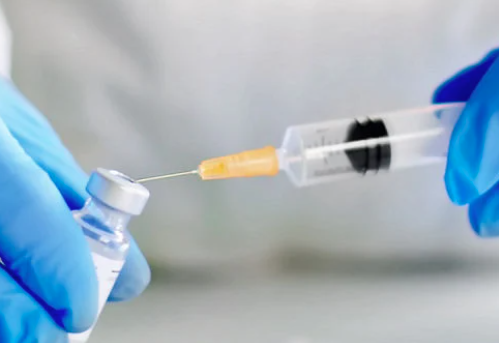
Given the unique circumstances surrounding the development of the COVID-19 vaccine, we know that many individuals are worried about receiving the new vaccine and have concerns about possible side effects and risks, vaccine effectiveness, and associated cost. As this vaccine becomes widely available to health care workers and eventually the general public, it will be increasingly important to address these outstanding concerns with a structured communication plan to ensure that enough people are safely vaccinated.
Here is what we know to date: FDA has made two vaccines available for use under what is known as an Emergency Use Authorization. These vaccines, manufactured by Pfizer/BioNTech and the other produced by Moderna were evaluated in tens of thousands of individuals, who volunteered to participate in clinical trials that included all established phases of vaccine development. Clinical trial data demonstrated that the Pfizer vaccine was 95% effective and the Moderna vaccine was 94% effective in preventing COVID-19, both of which are higher than many vaccines in widespread use. Both vaccines are mRNA vaccines with a 2-dose schedule. Safety has been a top priority during the development process and the COVID-19 vaccine trials were held to the same safety standards as other vaccines.
Research into the use of mRNA was already underway prior to the pandemic. Unprecedented resources and collaboration allowed for the quick tailoring of this technology to create a new type of vaccine which uses genetic material called mRNA to trigger an immune response. The vaccine introduces mRNA into the recipient’s cells. This genetic code is used to create one protein of the SARS-CoV-2 virus. The body’s immune system detects the new protein and develops antibodies to defend against the real virus when, and if, exposed in the future.
These are not live vaccines and do not change one’s own genetic material. The mRNA degrades with time but the immune system has a memory and is able to create antibodies for some time after the mRNA is gone. Common side effects are similar to those seen after other vaccines including arm pain, headache, fever and fatigue amongst others. They typically resolve in the first few days after the vaccine. These symptoms are not signs of an active infection, but are signs of the immune system responding to the vaccine.
Mytonomy is here to help your organization through the hurdles ahead, which is why we are excited to announce the availability of our Vaccine Series! These short microlearning videos, available in English and Spanish, will help the public learn about the benefits of getting vaccinated and address anxiety about the vaccine. Mytonomy will be making this content available over the next few weeks in two phases.
Phase 1: Health Care Workers
Given the high risk of exposure for health care workers on the front line, Mytonomy has prioritized the release of its microlearning videos targeted toward health care worker education. This first bundle of videos will focus on the following topics:
This first release of videos will aim to answer questions like:
Phase 2: General Public
Large scale adoption of the vaccine will be needed to achieve herd immunity. The next phase of vaccine rollout will be targeted to high-risk individuals and eventually the general public. To this end, Mytonomy will be producing ready-to-use videos to help your organization communicate to help organizations get in front of common questions and concerns. This bundle of content is a work in progress and will include topics such as:
The release of videos will aim to answer questions like:
Digital communication strategies are going to be a critical part of the solution. Mytonomy is here to help share the facts and support organizations as they prepare for vaccine administration. Please reach out to info@mytonomy.com to learn more about how we can help!
The original version of this page was published at: https://www.mytonomy.com/blog/planning-for-the-vaccine-communicating-the-right-message
Mytonomy’s Patient Experience Cloud™ enables health systems to build trusted, loyal, online relationships using award-winning, microlearning video content delivered through an easy-to-use digital p... Read more
In these unique times, Mytonomy is offering a “light” version of the Patient Experience Cloud free of charge. The PEC light gives health systems a fast, easy-to-deploy ...read more
The modern learner has an attention span of 8 seconds and is busy, overwhelmed, distracted and increasingly mobileShrinking attention spans, declining ability to retain information, ...read more
During the COVID pandemic, cardiac surgery volumes fell to around 54% of pre-pandemic levels.1 While this in some cases represented hospitals curtailing non-urgent procedures, it is ...read more
Following a slow February, we’ve seen more rapid growth in COVID-19 vaccine distribution in the first few days of March, hitting an average of 1.7 million shots/day. This rate ...read more